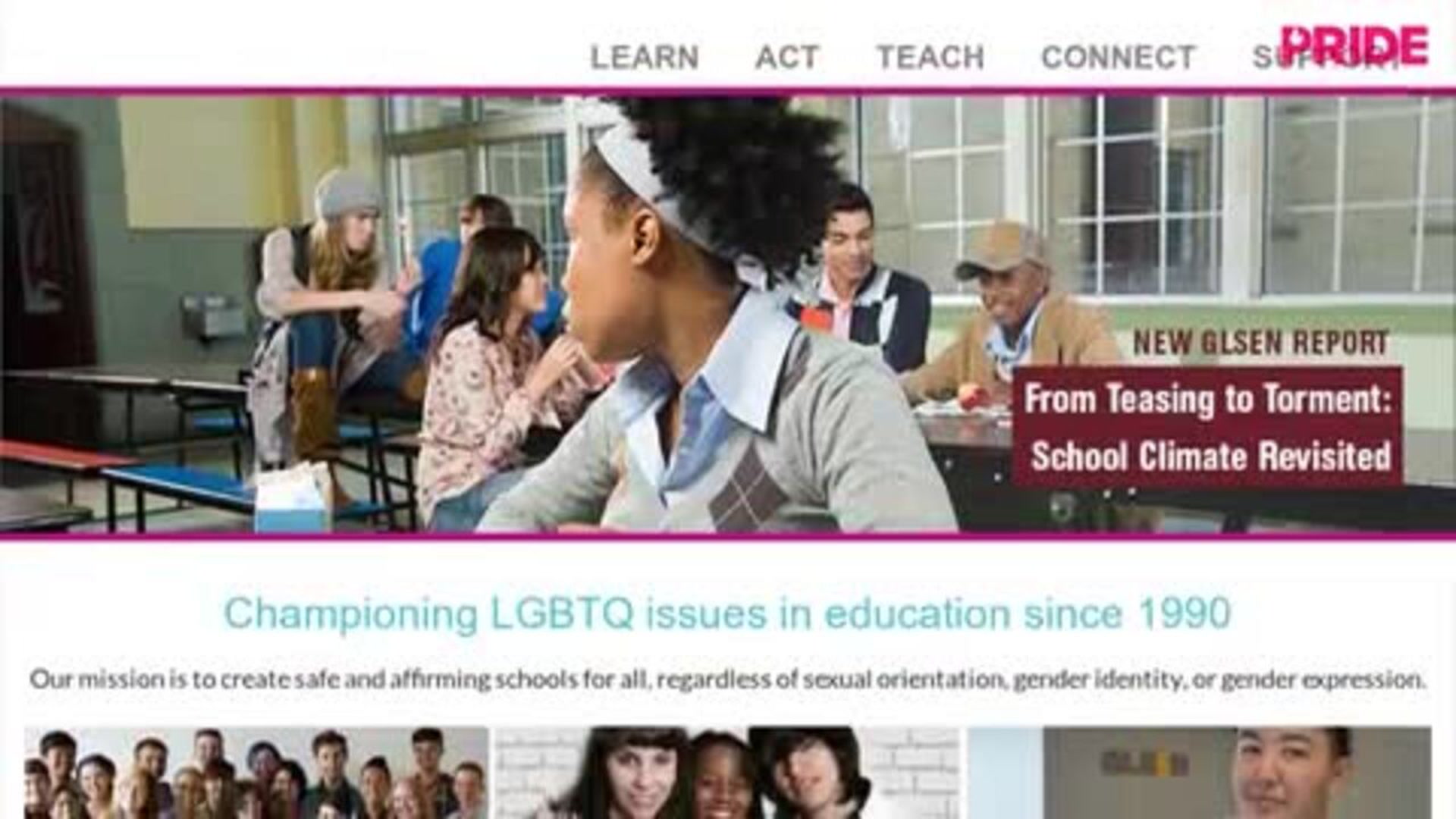BackToSchool
GLSEN’s Latest Report Shows 'That’s So Gay' Hasn't Gone Away

Homophobic bullying remains a major problem in schools.
September 28 2016 12:08 PM EST
November 08 2024 5:32 AM EST
By continuing to use our site, you agree to our Private Policy and Terms of Use.

Homophobic bullying remains a major problem in schools.
GLSEN’s latest report, From Teasing to Torment: School Climate Revisited, provides an in-depth look at peer victimization reported by secondary school students and teachers across the United States. While there has been gradual improvement—with students reporting fewer biased remarks in 2015 than in 2005—the report reveals there’s still a long way to go, especially when it comes to homophobic bullying in schools.
From Teasing to Torment examined bias and victimization based on LGBTQ status, race/ethnicity, sex, gender expression, body size, religion, and socioeconomic status, and found that some of the most common types of biased remarks heard often or very often by students were expressions using "gay" in a negative way, e.g. "that’s so gay" (55%), and other homophobic remarks (42.9%). 
From Teasing to Torment also shows that while over a quarter of students reported that teachers and school staff often or very often intervened when hearing "that’s so gay" or other homophobic remarks, they were less likely to intervene than in 2005.
A lack of intervention may be due to the teachers' comfort level. In one of the more alarming findings, teachers reported a lower comfort level intervening in biased remarks in 2015 than they did in 2005.
"I think that there are a variety of reasons why teachers might [be less comfortable intervening]," said Giga. "We have found that the majority of teachers aren’t receiving professional development on LGBT issues. They’re not receiving the training that they need to address bullying, especially around LGBT issues."
Racist remarks, which had not decreased since 2005, were also common among students, with 36% of respondents reporting hearing racist remarks from other students often or very often, and 14.4% of students reporting hearing teachers and other staff make racist comments.
"What we see in this report really should be advocating for all sorts of intersectionality in research," said Giga. "When we’re thinking about these programs and trainings, we can’t be thinking about students in these individual boxes. They’re coming into schools with a variety of experiences and backgrounds, and visible and nonvisible characteristics, and teachers and schools should be aware of that."
David Danischewski, Research Assistant at GLSEN, hopes school administrators will take note of and implement specific anti-bullying policies "When a policy is particularly inclusive of LGBTQ students, the school tends to be safer and there’s less victimization. There are just increased feelings of safety and well-being."
While the report definitely shows room for improvement in schools, GLSEN’s researchers ultimately thought there was a positive takeaway. "We know that GSAs, inclusive curricula, and inclusive anti-bullying policies make things better for students. We’ve seen that consistently in our research, and we see that in this report," said Giga.
"This isn’t an intractable problem," said Christian Villenas, Senior Research Associate at GLSEN. "Action can make schools better—not just for LGBTQ students, but for all students."
